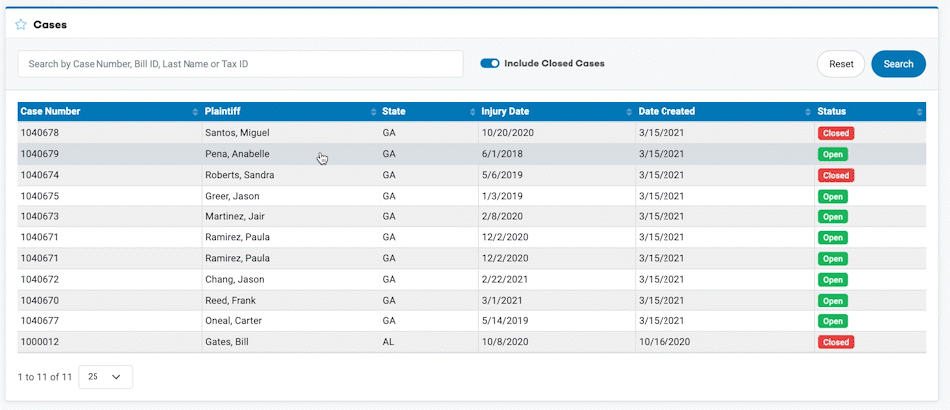Navigating the Complexities of Medical Liens in Personal Injury Cases
.png)
Introduction
Medical liens are a common but complex aspect of personal injury cases. They arise when a healthcare provider claims a portion of the settlement or judgment to cover the cost of medical treatment provided to the plaintiff. Properly managing these liens is crucial for ensuring that clients receive fair compensation. This article will provide an in-depth look at the different types of medical liens, strategies for negotiating them, legal considerations, and best practices for effectively managing them.
- Understanding Medical Liens
Medical liens are claims made by healthcare providers or insurance companies against a personal injury settlement or judgment to recover the costs of medical treatment. There are several types of medical liens:
- Statutory Liens: These are created by state laws and apply to Medicaid and Medicare payments. They must be paid out of any personal injury settlement before the plaintiff can receive compensation.
- Contractual Liens: These arise from contracts signed between the patient and the healthcare provider, agreeing that the provider will be paid from any settlement or judgment.
- Equitable Liens: These are based on equity and fairness, ensuring the provider is reimbursed for their services.
- Negotiating Medical Liens
Effective negotiation of medical liens can significantly impact the client's net recovery. Here are some strategies:
- Early Communication: Contact lienholders early in the case to understand their position and begin negotiations.
- Review and Audit: Carefully review all medical bills and lien amounts. Dispute any charges that are incorrect or excessive.
- Hardship Arguments: If the settlement amount is insufficient to cover all damages and liens, argue for a reduction based on financial hardship.
- Utilize Legal Precedents: Leverage case law and statutes that may favor reducing or eliminating certain liens.
- Legal Considerations
Navigating medical liens requires a thorough understanding of the legal framework:
- Compliance with State Laws: Each state has specific laws governing medical liens, including how they must be filed and enforced.
- Federal Regulations: Medicare and Medicaid liens are governed by federal laws, including the Medicare Secondary Payer Act, which requires their timely payment.
- Settlement Agreements: Ensure that settlement agreements address the payment of liens to avoid future disputes.
- Best Practices for Managing Medical Liens
Implementing best practices can help manage medical liens effectively:
- Document Everything: Keep detailed records of all communications and agreements with lienholders.
- Educate Clients: Ensure that clients understand how medical liens will affect their settlement.
- Use Lien Resolution Services: Consider using professional lien resolution services to handle complex negotiations and compliance issues.
- Regular Updates: Provide regular updates to clients about the status of lien negotiations and the potential impact on their recovery.
Conclusion
Medical liens are an intricate part of personal injury cases, requiring careful management to protect the client's interests. By understanding the different types of liens, employing effective negotiation strategies, complying with legal requirements, and implementing best practices, law firms can navigate the complexities of medical liens and ensure that clients receive the compensation they deserve.


-1.png)